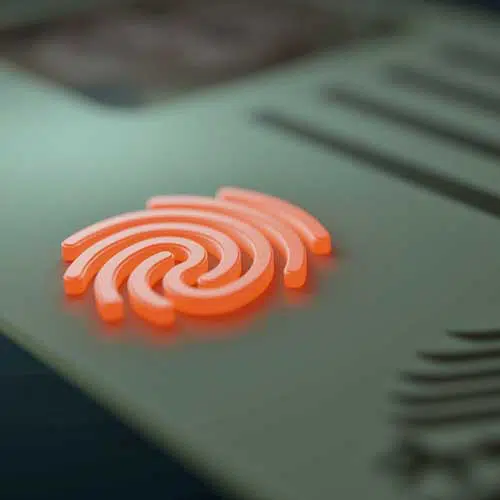Card-based biometric authentication took a step forward with an announcement early Wednesday that a technology from Fingerprint Cards AB has complied with reference specifications set by Mastercard Inc. The compliance is a first for fingerprint authentication on a card, according to Sweden-based Fingerprints and Fime, an organization that consults on testing and compliance.
The result is expected to simplify and shorten the manufacturing process and reduce costs for card manufacturers, Fingerprints says. That should help smooth the way for biometric security on payment cards in the shadow of a pandemic that has driven up digital payments, including transactions on contactless cards, the company adds.

“This is a very important achievement. We’ve seen a spike in contactless adoption over the past year, with hygiene front of consumers’ minds. Fingerprint payment cards have a big role to play in fast, frictionless, and safe in-store payments,” said Michel Roig, senior vice president for business line payments at Fingerprint, in a statement. The biometric technology is already seeing some “commercial launches” in France, Roig added.
Reduced costs from a streamlined manufacturing process should make the cards far more popular. Historically, biometric cards have been restricted to high-net-worth clients willing to pay a fee, says David Shipper, a senior research analyst at Aite Group, a payments-research firm in Boston. “The biggest hurdle for cards with a fingerprint sensor is cost,” he says. “Exact numbers will vary based on volumes and other factors, but fingerprint cards are many times more expensive than a standard card. Cutting cost and reducing time to market is a huge deal and could mean we see more of these cards hit the market.”
The technology could also lead to faster in-store transactions, experts said. “Biometrics is the answer to a smooth user experience without compromising on security,” said Stéphanie El Rhomri, vice president of testing services at Fime, in a statement. “Consumers can now use biometrics more in-store, strengthening security while simplifying the payment experience.”
The breakthrough for biometric authentication comes after years in which most of the world has now adopted EMV chip technology in an effort to combat card fraud. But the popularity of fingerprint authentication could be limited in the U.S market, where PINs aren’t used for credit card transactions. “U.S. credit card purchases are signature-based. So while the fingerprint sensor can increase fraud protection at the point of sale, it does not add the same convenience for U.S. credit cardholders,” says Shipper.





